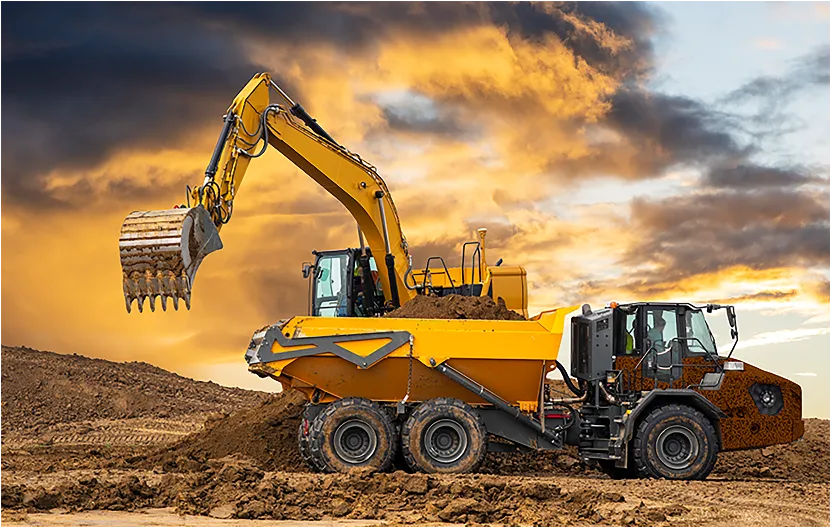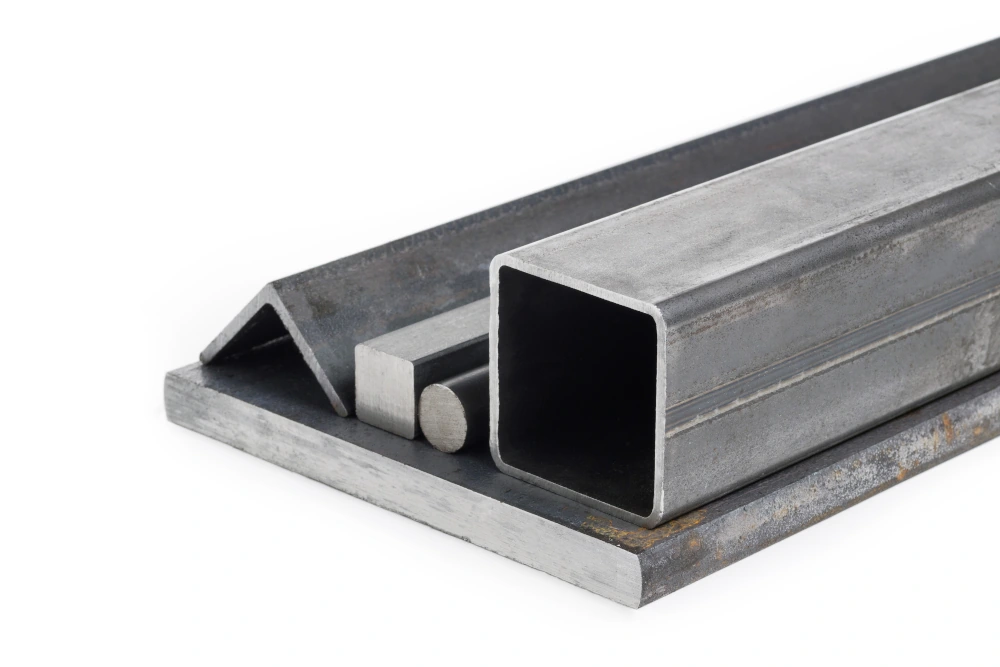Reserve Tube
2 月 . 15, 2025 07:17

Welding thin square tubing is an intricate craft that requires a blend of skill and precision, often placing even the most seasoned welders on the edge of their capabilities. Mastering this process is not just about achieving a solid weld but doing so in a manner that retains the integrity and aesthetics of the structure. Dive into a world where both beginners and veterans can enhance their understanding and techniques in handling thin-walled square tubing for various applications, including automotive frames, lightweight structures, and creative art pieces.

The art of welding thin square tubing starts with selecting the right materials and equipment. Experienced welders often prioritize mild steel for its excellent weldability and affordability. However, stainless steel and aluminum are also popular choices due to their resistance to corrosion and lightweight properties, respectively. The choice of material greatly influences the welding approach, as each metal reacts differently to heat and requires specific settings.
Precision begins with proper preparation. Cleaning the surface of the tubing is crucial, as contaminants like rust, oil, or paint can lead to weak welds that compromise the structure's strength. Utilize abrasive pads or chemical cleaners to ensure a pristine welding surface. Cutting the tubing accurately is equally important. Use a quality metal cutting saw or a plasma cutter for clean, precise cuts that fit flush, minimizing gaps that could complicate the welding process.

Selecting the appropriate welding process is a game-changer for thin square tubing. Many experts recommend Gas Tungsten Arc Welding (GTAW), also known as TIG welding, due to its ability to produce high-quality, precise welds. The control TIG welding offers reduces the risk of burn-through, a common challenge when welding thin materials. For those new to GTAW, investing time in mastering the skill is worthwhile. Balancing the machine settings, particularly amperage, with the metal's thickness is crucial. For instance, a lower amperage setting is essential to prevent overheating and deformation.
Expertise in welding thin square tubing is also demonstrated in the techniques employed during the process. Maintaining consistent speed and a steady hand helps achieve uniform welds. Tacking the structure at multiple points before fully welding can prevent distortion and ensure everything remains square and aligned. This framework approach allows for slight adjustments that keep the project on track.
welding thin square tubing
Another fundamental aspect of working with thin square tubing is heat management. Excessive heat can easily distort the metal, leading to a warped or structurally unsound result. It is imperative to employ techniques such as back-stepping, where the welder starts from the center and moves outward, alternately working on different parts to distribute heat evenly. Using a heat sink or chill bar can also dissipate heat efficiently, reducing the risk of warping.
Post-weld inspection and treatment elevate the authority and trustworthiness of the weld. Checking for signs of undercutting, porosity, or incomplete fusion ensures quality. Implementing non-destructive testing methods like dye penetrant testing can help identify cracks or pinholes not visible to the naked eye. Ensuring a strong weld not only boosts confidence but also enhances the safety and longevity of the product.
The application and continuous learning from real-world scenarios fortify one's expertise in welding thin square tubing. From automotive industries to aerospace applications, understanding the nuances of welding different metals and shapes helps craft competent and versatile welders. The experiences of professionals, shared through forums and welding communities, enrich knowledge and open doors to innovative techniques and solutions.
Building authority through shared knowledge establishes trust within the welding community. Engaging in workshops, courses, and continuous education programs keeps skills sharp and up-to-date with evolving technologies and materials. This not only benefits individual welders but also contributes to the wider community’s understanding and standards.
Welding thin square tubing effectively calls for an intricate dance of choosing the right materials, employing precise techniques, and continually learning from practical experiences. Balancing these elements fosters expertise, authority, and trustworthiness in the field, ensuring that each project stands the test of time and meets the highest standards of safety and quality.


